The scent of pine resin hangs thick in the northern forests, an olfactory time machine transporting loggers and wanderers alike to moments when these conifers first learned to weep. Amber tears glisten on bark fissures—not the quick blood of deciduous trees, but slow, golden grief crystallizing across decades. These viscous droplets embody paradoxes: both wound and bandage, forest memory and future fossil, biological defense mechanism and accidental artistry. The Latvian woodsmen call it “priežu asaras”—pine tears—recognizing the melancholy beauty in what botanists dryly term “resinosis.”
Walking through a storm-damaged stand of Norway spruce in Estonia’s Soomaa region, one notices how trauma becomes tangible. Lightning strikes and insect invasions trigger complex chemical cascades—terpenes and phenolics surging through xylem highways to seal breaches. What begins as liquid first aid gradually transforms under sunlight’s alchemy, the initial honey-colored transparency darkening to russet, then deepening into the cognac hues prized by jewelers. Local legends speak of “forest ghosts” trapped in these amber prisons, though modern science reveals more prosaic captives: prehistoric midges, fungal spores, even bubbles of Paleolithic atmosphere.
The harvesting ritual remains unchanged since Pliny the Elder documented Baltic amber routes. Collectors still scour windthrow areas after autumn gales, seeking resin nodules like golden tumors on fallen trunks. Unlike industrialized rubber tapping, this remains intimate work—fingernails scraping softened resin, the warmth of palm pressure reshaping sticky globules. In Lithuania’s Curonian Spit, where dunes bury ancient forests, storm surges still exhale “Baltic gold” onto beaches, the sea polishing what trees began sculpting millennia ago.
Contemporary research uncovers startling dimensions in these botanical scars. Mass spectrometry reveals how resin composition varies by trauma type—fungal attacks leave different molecular signatures than bark beetle invasions. The University of Helsinki’s dendrochronology lab demonstrates how resin deposits can precisely date historical wildfires, their infrared fluorescence exposing charred growth rings invisible to naked eyes. Most remarkably, trapped terpenes appear to inhibit subsequent infections, suggesting trees “remember” past assaults through chemical blueprints in their resin.
Artisans who work with raw resin describe synesthetic experiences—the scent conjuring visions of primeval taiga, the texture evoking geological time. Danish jewelry maker Elias Vølund recounts how heating amber for casting releases “paleoperfume”: “Suddenly you’re smelling Cretaceous sunlight, dinosaur breath, things no human ever witnessed.” This temporal collapse manifests physically too—fresh resin dissolves in alcohol after a week, while century-old nodules resist solvents, their polymers having undergone slow-motion metamorphosis.
Climate change alters this ancient dialogue between trees and time. Drought-stressed pines overproduce resin yet lack the metabolic energy to properly polymerize it, resulting in brittle, cloudy deposits. Warming winters allow bark beetles to survive en masse, creating resin floods that paradoxically attract more pests through volatile signals. The “amber window”—that perfect preservation state between liquid sap and fossilized copal—narrows as seasonal rhythms destabilize. Museum conservators already report accelerated degradation in 20th-century resin specimens compared to medieval samples.
Perhaps the most poignant revelation comes from Japan’s tsunami-battered coastal forests. Survivors describe how shattered pines continued exuding resin for months after the 2011 disaster, creating golden veils over salt-bleached bark. These “grief resins” contained unprecedented saline concentrations, their crystalline structures warped by oceanic trauma. Like the blackened trunks left standing in Hiroshima’s Peace Park, these weeping conifers become living memorials, their amber encapsulating not just moments, but entire cataclysms.
As biotechnology seeks sustainable alternatives to petrochemical plastics, resin’s forgotten virtues resurface. Finnish startups now experiment with “tree bandages”—biodegradable films impregnated with pine terpenes to accelerate wound sealing. Meanwhile, architects in Siberia explore resin-based composites that mimic ancient amber’s light diffusion properties for solar-responsive building skins. The same viscous defense mechanism that evolved to repel Jurassic beetles may yet shield post-industrial humanity.
In the end, every resin droplet tells twin stories: the tree’s struggle to survive the present, and Earth’s relentless march toward fossilization. What we call amber is merely grief turned luminous by geological patience—the original “time capsule” preserving life’s fragility in golden suspension. When we hold these polished tears, we cradle epochs in our palms, touching the precise moment a tree chose between healing and surrender.

By /Aug 8, 2025
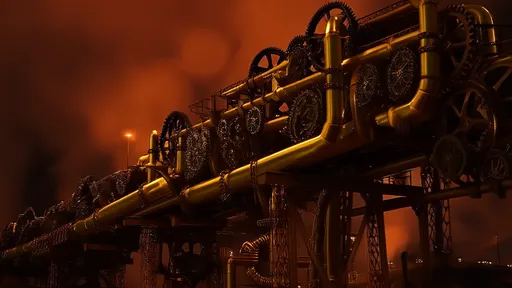
By /Aug 8, 2025
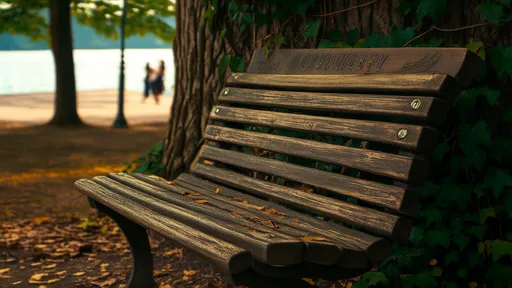
By /Aug 8, 2025

By /Aug 8, 2025
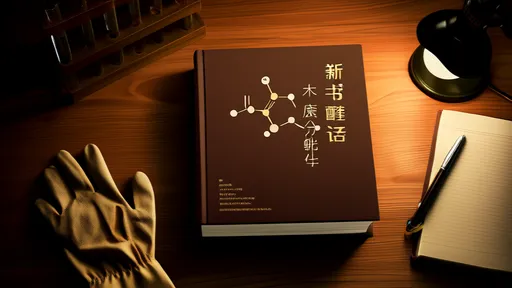
By /Aug 8, 2025
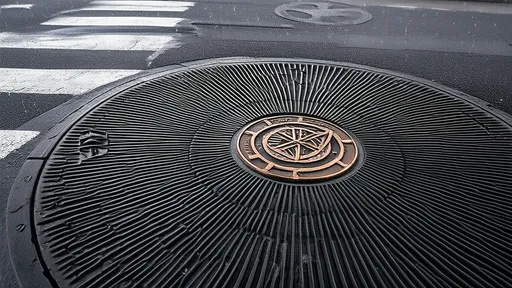
By /Aug 8, 2025

By /Aug 8, 2025

By /Aug 8, 2025
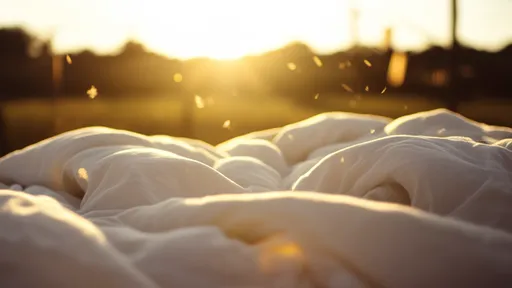
By /Aug 8, 2025
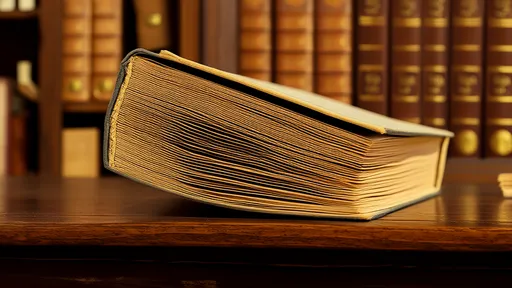
By /Aug 8, 2025

By /Aug 8, 2025
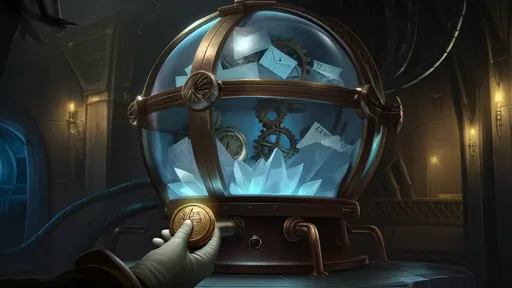
By /Aug 8, 2025

By /Aug 8, 2025
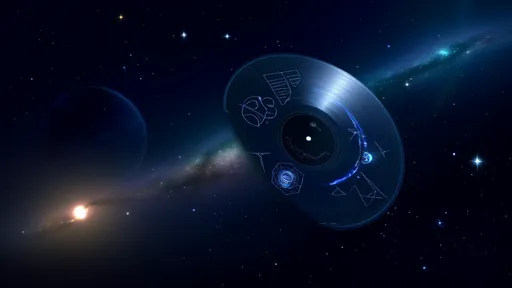
By /Aug 8, 2025

By /Aug 8, 2025

By /Aug 8, 2025
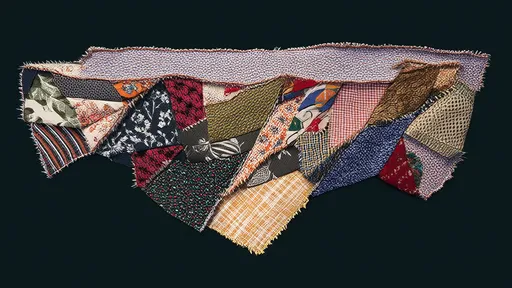
By /Aug 8, 2025
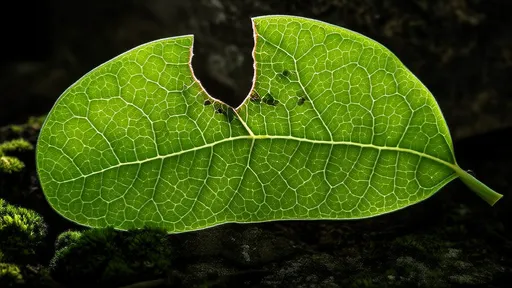
By /Aug 8, 2025

By /Aug 8, 2025
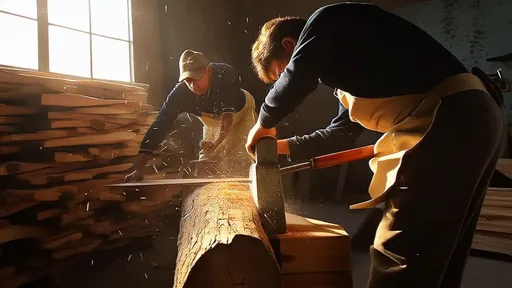
By /Aug 8, 2025